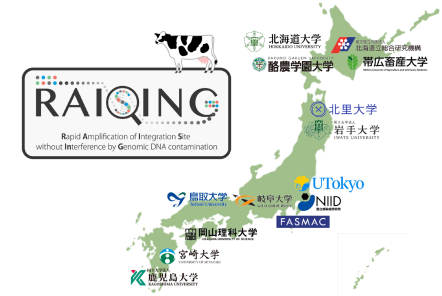2025-03-27 東京大学
<関連情報>
- https://www.t.u-tokyo.ac.jp/press/pr2025-03-27-004
- https://www.t.u-tokyo.ac.jp/hubfs/press-release/2025/0327/004/text.pdf
- https://pubs.acs.org/doi/10.1021/acs.chemmater.4c02726
人間と機械の協働を目指した汎用事前学習済み大規模言語モデルによるゼオライト合成のための知識情報分子設計 Knowledge-Informed Molecular Design for Zeolite Synthesis Using General-Purpose Pretrained Large Language Models Toward Human-Machine Collaboration
Shusuke Ito,Koki Muraoka,and Akira Nakayama
Chemistry of Materials Published: March 24, 2025
DOI:https://doi.org/10.1021/acs.chemmater.4c02726
Abstract

The design of organic molecules lies at the heart of solving numerous chemistry-related challenges, necessitating effective collaboration between human intuition and computational power. This study demonstrates how general-purpose Large Language Models (LLMs) can facilitate the design of molecules, leveraging feedback from empirical knowledge through natural language. We used this approach to design organic structure-directing agents (OSDAs) that guide the crystallization of zeolites. In our computational workflow, LLM proposes OSDA candidates that are evaluated by empirical knowledge and atomistic simulation. Feedback is then provided to the LLM in natural language to refine subsequent proposals, thus progressively enhancing the proposed OSDAs and promoting the exploration of the chemical space. The predicted candidates encompassed experimentally validated OSDAs, structurally analogous ones, and novel ones with superior affinity scores, underscoring the robust capability of the LLM. The human-machine collaboration, utilizing natural language as the communication interface, holds potential for application in other molecular design tasks.



